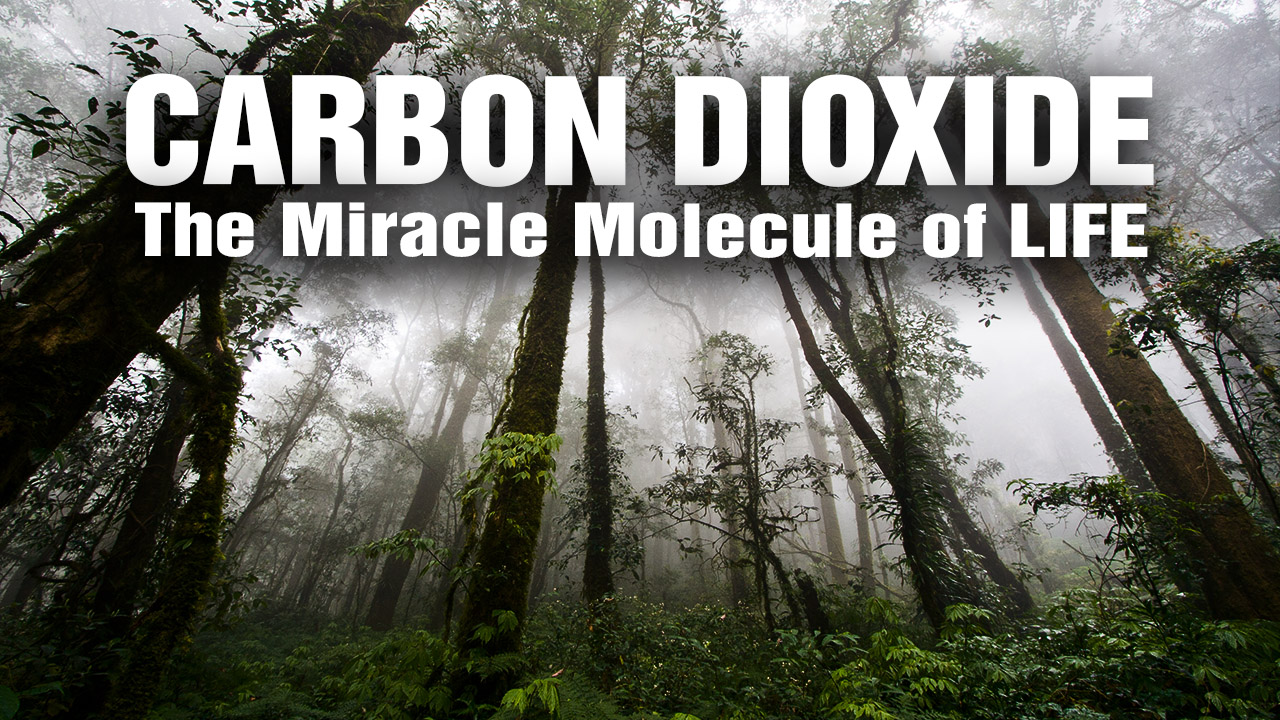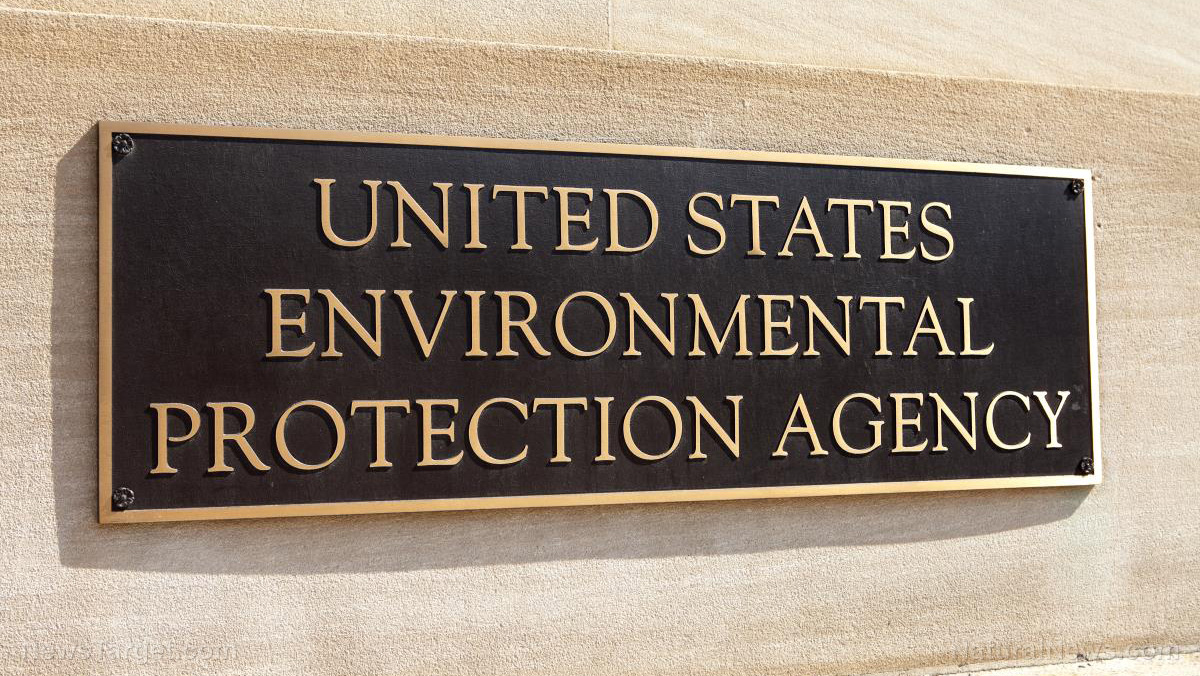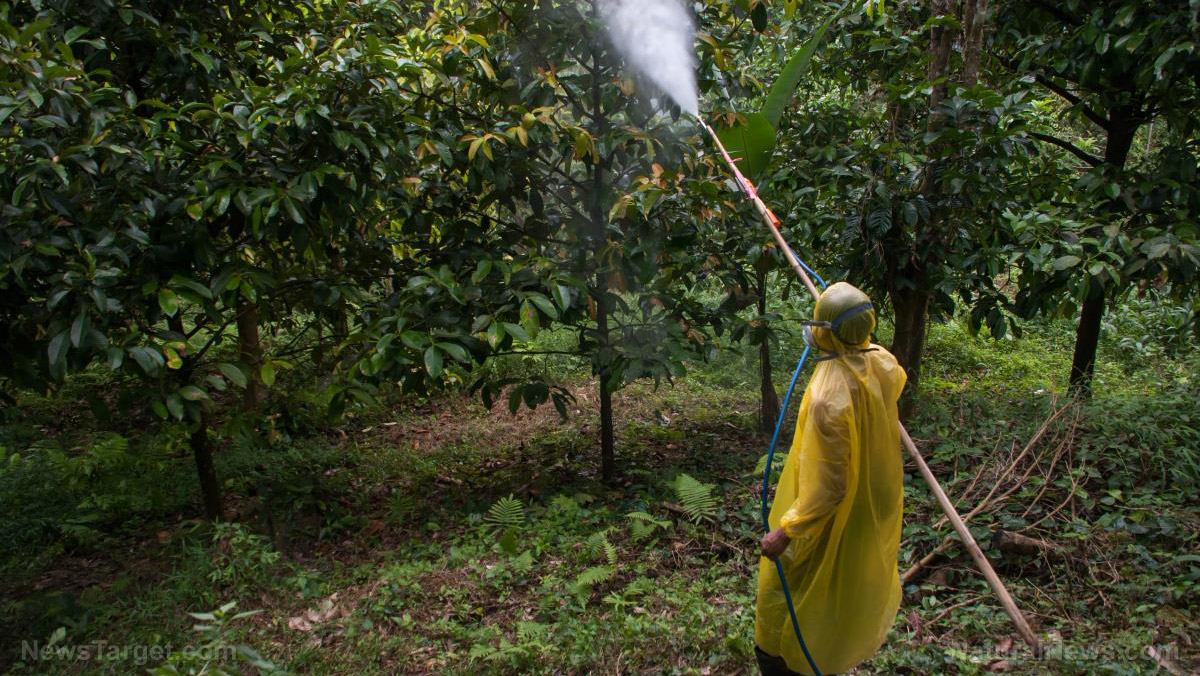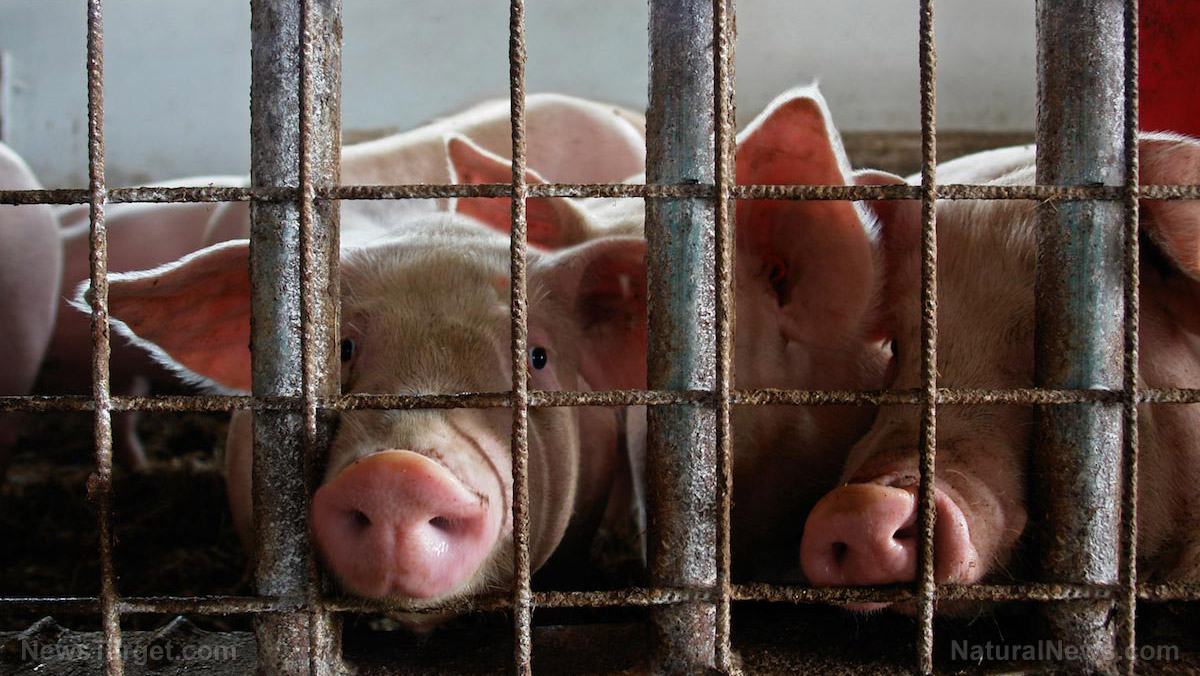Climbing CO? levels fuel agricultural triumph—and spark a climate debate
07/23/2025 / By Willow Tohi

- Rising CO? has supercharged global plant growth, boosting fruit yields and resilience to cold.
- Historical evidence shows temperature fluctuations linked to solar activity, not human emissions.
- IPCC climate claims face skepticism over flawed data and biased research selection.
- Trillions in global climate spending could be misdirected without measurable cooling.
- Scientists argue CO?’s role in warming is overstated, with plants thriving under higher concentrations.
Soaring carbon dioxide emissions, long branded as planetary poison, have paradoxically fueled a global “greening” of Earth’s vegetated areas—and made fruit crops hardier. The findings, analyzed alongside climate skepticism, reveal a scientific and political divide reshaping the climate change discourse.
Crops are booming
A groundbreaking study in Nature Climate Change revealed that up to half of Earth’s vegetated land has greened since 1982, with CO? fertilization driving 70% of the change. This “greening” equates to an area twice the size of the United States, transforming landscapes from North Carolina strawberry fields to Iceland’s barren highlands.
Rising CO? levels act as a “carbon fertilizer,” supercharging photosynthesis in plants. In greenhouses, tomato yields jump 80% when CO? reaches 1,000 ppm—a level far above today’s 430 ppm—and strawberries gain extra sugars. Even space exploration benefits: elevated CO? boosts vitamin content in lettuce grown in simulated Martian conditions.
But the gains aren’t just in labs. Global warming itself aids agriculture. Extended growing seasons cut frost risks for orchards, with U.S. yields benefiting from a two-week longer growing period since the 1910s. Vulnerable crops like grapes and blueberries, which once perished in unseasonal freezes, now survive warmer springs.
The long cold shadow of the Little Ice Age
Historical context underscores crops’ fragility to cold. During the 550-year Little Ice Age (1300–1850), record-low temperatures strangled agriculture. Iceland’s farms collapsed, China’s century-old orange groves vanished in Jiangxi Province, and apple trees in temperate zones struggled with erratic blooms.
“CO? didn’t reverse the Little Ice Age—but human emissions since the 19th century have risen from just 280 ppm, aligning with Earth’s gradual recovery,” said Dr. Patrick Moore, referencing his 2018 analysis. “Plants we thought lost to cold are back, and they’re thriving thanks to CO? and warmth.”
This natural warming cycle, say skeptics, should be balanced against climate policies focused solely on curbing emissions. “Why panic over a 0.05°C cooling by 2050 if it costs $10 trillion?” argues climate scientist Andrew Montford. “Plants won’t miss the CO?—human prosperity might.”
Sunspot cycles, not CO?, control the thermostat
Climate skeptics contend the temperature-CO? link is backwards. Solar activity, not fossil fuels, drives Earth’s climate cycles. Ice age and interglacial shifts stem from the sun’s fluctuating irradiance hitting critical latitudes—a factor Harvard paleoclimatologist Martin-proxy Clark calls “celestial climate steering.”
Peer-reviewed research by geologist William Jackson (2017) found no causal tie between historical temperature swings and CO? levels. During the 425-million-year record, CO? peaks often followed warming, lagging by centuries. “CO? doesn’t cause the temperature—it’s just along for the ride,” added climatologist Edwin Berry.
The IPCC’s assertion that 70 ppm of today’s CO? rise stems solely from humanity is “garbage,” said Berry, citing flawed carbon cycle models. “Nature adjusts CO? flows automatically through oceans, soils and plants—a feedback loop humans can’t control with energy taxes.”
Trillions spent, little to show: The cost of climate anxiety
The fight against CO? carries staggering stakes. The U.N. estimates rich nations must spend 2,000 annually per person by 2030 to meet climate goals — 5.5 trillion globally—while lower-income regions brace for $330+ billion annually. Yet a 2023 analysis by The Epoch Times found U.S. energy costs have already surged 50% in “renewables-first” states like California, where wildfires accelerated by costly green energy gaps now burn forests annually.
Advocates counter that foundering policies are “sacrifices for the planet’s survival.” But skeptics see a missed opportunity. “Dumping $1 trillion yearly into fake solar farms won’t stop Florida’s hurricanes,” said energy analyst Philip Blad. “Let’s invest in floodproofing Miami instead of hiding from shadowy ‘climate chaos.’”
A balanced future: Science over soundbites
The debate centers on priorities. Proponents of urgent decarbonization cite vanishing islands and species. Skeptics highlight thriving agriculture and flawed models—Iowa corn yields hit record highs as CO? rises.
“We’re not against climate science—just alarmism,” said Dr. Jayaraj of the CO? Coalition. “If we stop obsessing over CO?, maybe we’ll fund drought-resistant crops for Sub-Saharan farmers or upgrade levees in Jakarta.”
As solar cycles shift and CO? levels climb, the climate debate rages on—one Wisconsin orchard at a time.
Sources for this article include:
Submit a correction >>
Tagged Under:
agriculture, carbon dioxide, Censored Science, Climate, climate science, Ecology, environ, green tyranny, harvest, truth
This article may contain statements that reflect the opinion of the author
RECENT NEWS & ARTICLES
COPYRIGHT © 2017 SCIENTIFIC NEWS





















